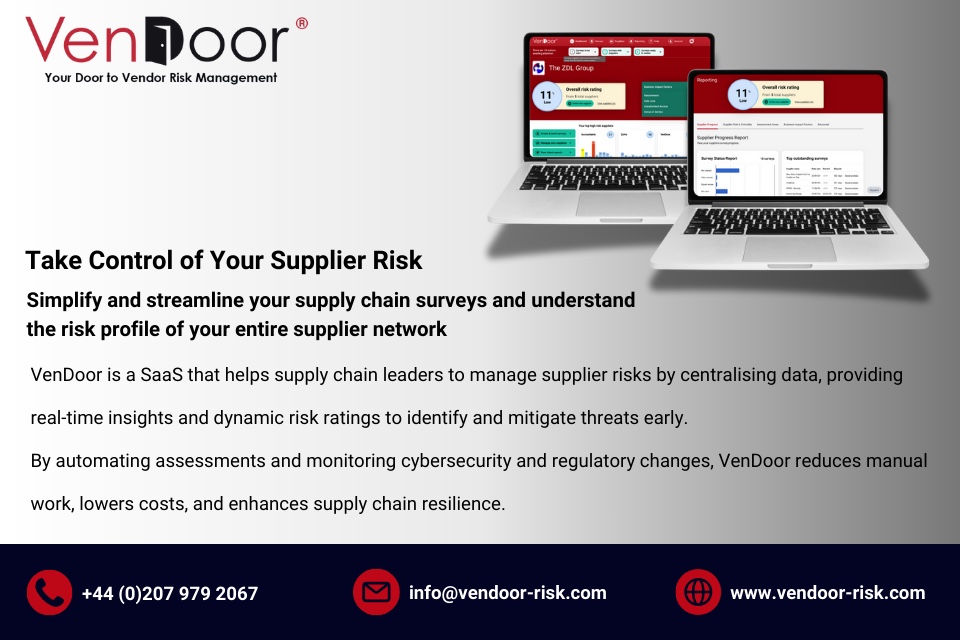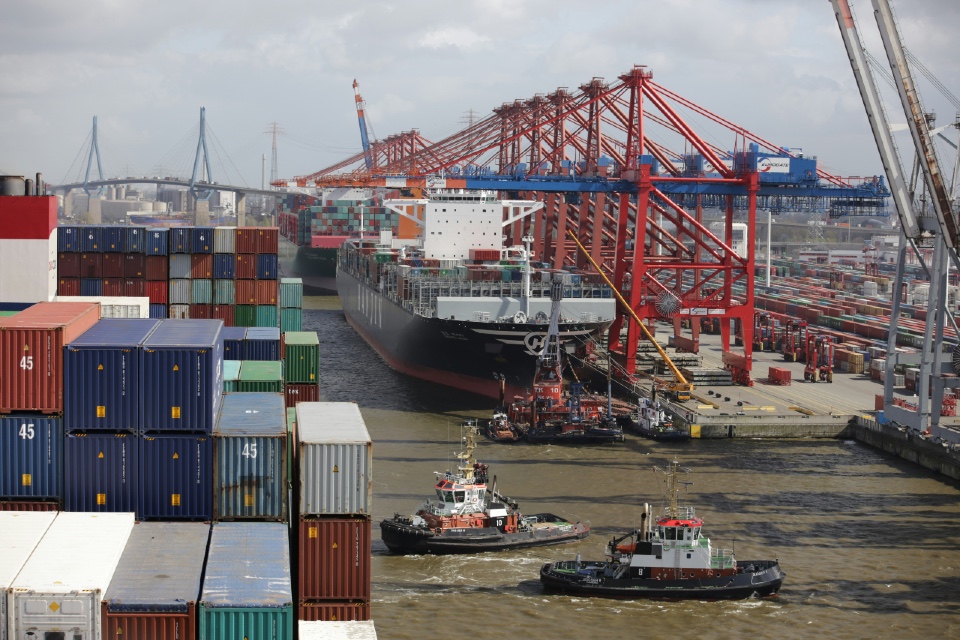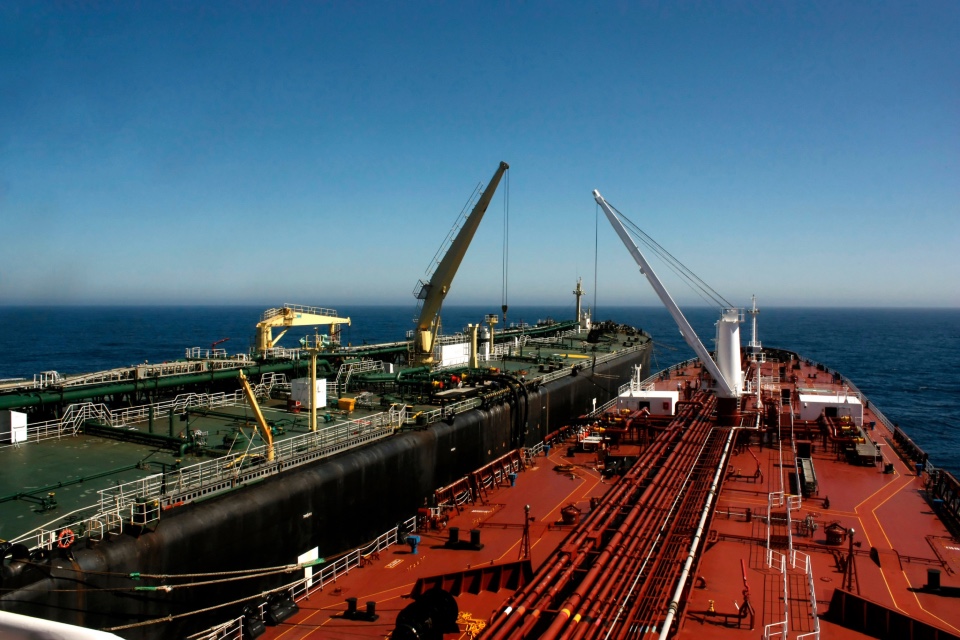By Gill Devine, Vice President EMEA at Dataminr
In the first quarter of 2020, a spate of global and regional events have starkly exposed the fragility of the practices and processes that underpin supply chains. From the rapid, global spread of the COVID-19 disease to the resulting events and precautions taken since, today’s global organisations are facing an increasingly volatile world. This public health crisis has suddenly changed their operating landscape and materially affected their people, customers and bottom lines.
“When companies have advance knowledge of where the disruption will come from and which products will be impacted, they have lead time to execute avoidance and mitigation strategies immediately–like shaping demand by offering discounts on substitutes, buying up inventory, booking capacity at alternate sites, controlling inventory allocations, and so on,” supply chain experts Tom Linton and Bindiya Vakil wrote in a recent Harvard Business Review article.
The COVID-19 pandemic is an example of how events can escalate quickly across any geography, at any time, requiring businesses to improve their level of global awareness. Supply chain practitioners at every level—from the boardroom to the warehouse floor—need reliable and comprehensive real-time information that is most relevant to their business needs, so they may assess a situation and mobilise effectively. Much of that information is now available in the public domain, and can provide precious additional time required to make sound decisions.
In fact, early signals in public information detected by artificial intelligence (AI) provided a critical early warning to a current crisis. In late December 2019, rumors of a new respiratory illness began quietly circulating in central China. Dataminr’s real-time risk and event detection platform automatically surfaced such early online chatter, delivering its first alert about the virus on December 30. The alert served as a warning to clients that people appeared to be sick with SARS-like symptoms in Wuhan.
Government authorities were eventually prompted to issue a statement confirming that 27 people were suffering from viral pneumonia. Seven days after the first Dataminr alert was issued, the U.S. Centers for Disease Control and Prevention notified the public. Three days later, on January 9, the World Health Organization issued a statement. The disease would become known as COVID-19, caused by a highly contagious new coronavirus.
As we now realise, the virus would quickly spread beyond the borders of Hubei province, a major manufacturing and transportation hub, and beyond the borders of China, wreaking havoc on regional and global supply chains.
Early indicators of this burgeoning global health crisis enabled companies to put their business continuity plans in motion with precious days and even weeks of lead time. They could look for alternative providers of raw materials or parts, establish work-from-home or other workplace arrangements for employees wherever possible, and advise customers in advance about expected shortages.
Since the first days of the outbreak, highly valuable real-time information has surfaced across thousands of data sources, in multiple languages and formats, from more than 100 countries. But it is impossible for one person or team, on their own, to process such disparate information sources and extract what is most relevant for their supply chain operations.
In a global market, where operations and customers are everywhere, businesses need to use a variety of approaches, mechanisms and tools to build a comprehensive, real-time view of events across the globe as they unfold. The current pandemic has roiled supply chains in a matter of weeks. One strategy to help enterprises mitigate risk effectively is making use of real-time alerts. Staying abreast of global and local events and their potential implications as they occur is the key to a more resilient supply chain.
Using AI to understand data at scale and speed, coupled with more traditional supply chain management approaches, can help organisations establish wider and deeper awareness of emerging markets and specific sectors that affect their supply chains. This can lead to more proactive and effective decision making to keep goods and services moving in the face of disruptions.
Specifically, real-time alerting allows a business to function at the highest level of efficiency and deliver on its commitments to customers, all whilst remaining ever-vigilant to supply chain threats.







